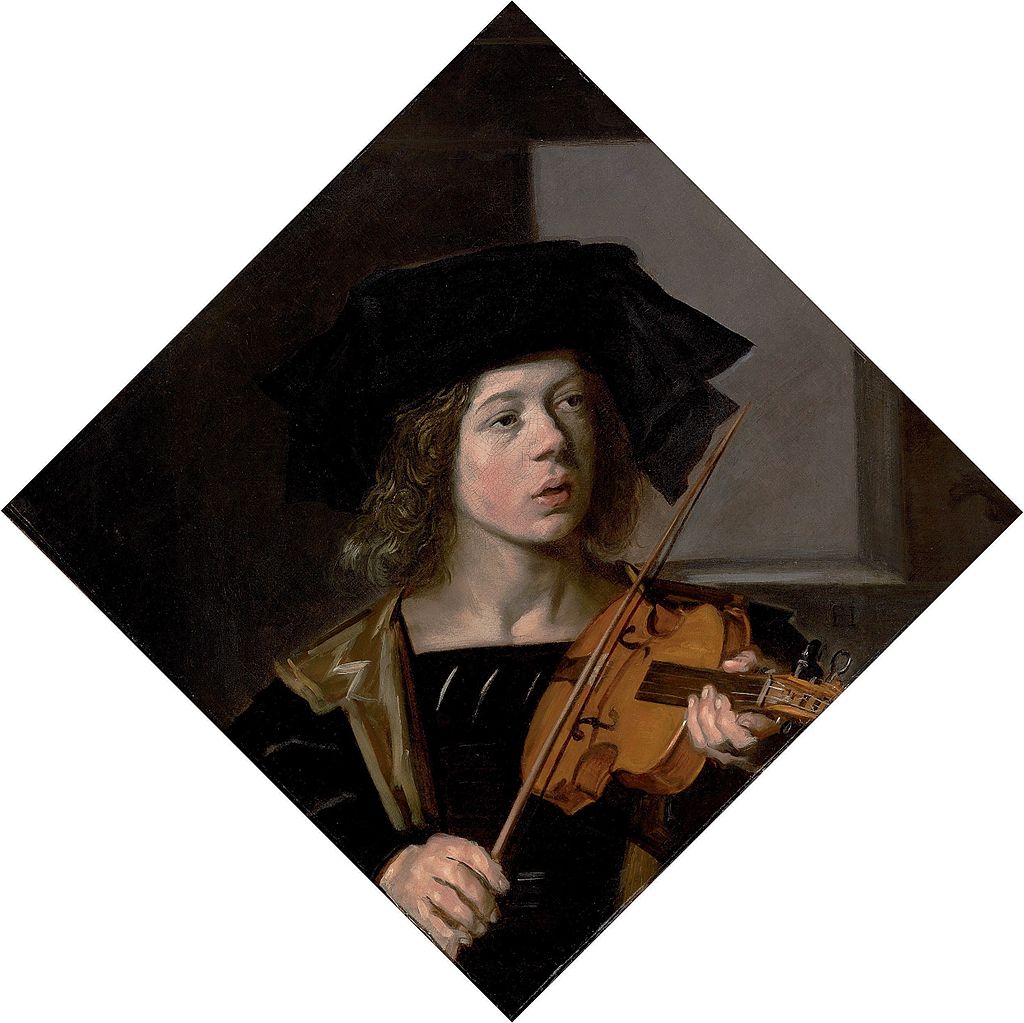
Unveiling the Baroque Music Era
Enter the enchanting world of Baroque music, a period spanning from around 1600 to 1750. Artistic expression and innovation flourished then like never before. The Baroque era brought about a transformation in musical styles and forms, as well as going on to leave a lasting impact on the history of music. In this blog post, we will explore the distinctive features of Baroque music. We’ll discover the talented composers who graced this extraordinary musical epoch.
Classic FM have a great quick video explaining here:
Ornamentation and Emotional Flourishes
Baroque music embraced the art of ornamentation, providing performers with the freedom to embellish their melodies with expressive flourishes and improvisations. Bot only did this add depth and emotion to the music italso allowed musicians to infuse their performances with their own personal touch. Thus making each rendition a unique experience.
The Rise of Opera: A Fusion of Music and Drama
The Baroque era witnessed the birth of opera, an innovative and captivating art form that combined music, drama, and spectacle. The illustrious Claudio Monteverdi’s opera “Orfeo” stands as a prime example of this new genre. It captivated audiences with its emotive storytelling and breathtaking musical compositions. Opera houses flourished across Europe, and composers like George Frideric Handel soared to fame with their masterpieces in this exciting theatrical realm.
The Evolution of the Orchestra: Grand Symphonies Unfold
The Baroque era heralded the development of the modern orchestra. Composers began writing for larger and diverse groups of instruments, creating grand symphonies that took the music to new heights. The core ensemble typically consisted of strings, with the harpsichord or organ providing the harmonic foundation. Additionally, woodwinds and brass would join in, creating a rich tapestry of sounds.
Keyboard Marvels: Harpsichord and Organ
Keyboard instruments like the harpsichord and organ took center stage during the Baroque era. Composers like Johann Sebastian Bach and Domenico Scarlatti crafted intricate and technically demanding music for these instruments. They showcased their unique capabilities and thus enriched the repertoire for keyboard enthusiasts.
Baroque Forms: A World of Musical Variety
Baroque music presented a diverse array of musical forms, each with its own distinctive charm. The suite dazzled audiences with a collection of dance movements, while the concerto showcased the brilliance of a solo instrument accompanied by an orchestra. The sonata evolved into various instrumental and chamber music compositions, and the fugue showcased the art of counterpoint in its most intricate form.
The Power of Basso Continuo
Basso continuo, also known as figured bass, played a fundamental role in Baroque music. Providing a bassline with figures indicating harmony, it allowed for a flexible accompaniment and so empowered performers to improvise and bring their creativity to the forefront.
Composers Who Shaped the Baroque Era
The Baroque era was a fertile ground for musical genius, boasting the likes of Johann Sebastian Bach, George Frideric Handel, Antonio Vivaldi, Claudio Monteverdi, Henry Purcell, Arcangelo Corelli, and Jean-Baptiste Lully. These prodigious composers left behind a legacy of extraordinary works that continue to resonate with audiences worldwide.
Conclusion: Baroque’s Timeless Charm
The Baroque era was a special time for art and music. The music became more elegant, complex, and emotional. Additionally it had beautiful melodies, new and exciting forms, and captivating opera stories. Even today, Baroque music inspires musicians and listeners, connecting us to a wonderful past.
Pingback: Vivaldi Sheet Music